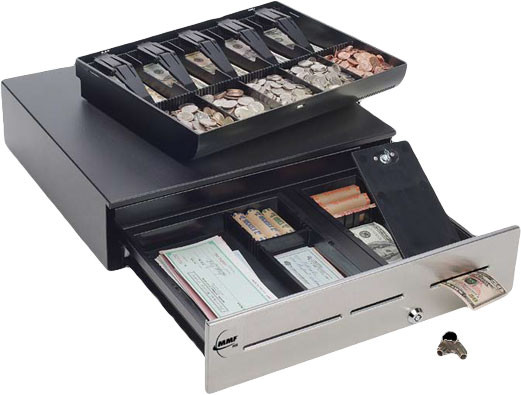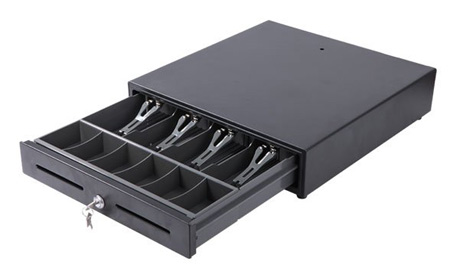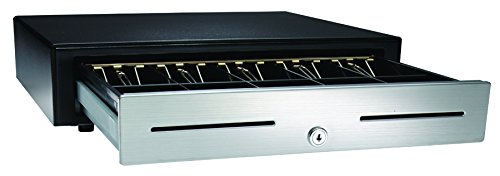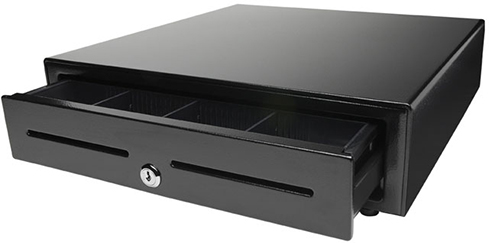
The Essential Guide to Cash Drawers: Function, Features, and Future Trends
A cash drawer is a fundamental component of point-of-sale (POS) systems, designed to securely store cash, coins, checks, and receipts during transactions. Found in retail stores, restaurants, and other businesses handling physical currency, cash drawers ensure organized and efficient financial operations. Despite the rise of digital payments, they remain vital for managing cash transactions securely.
Key Components
- Till: The main compartment where bills are stored, often with adjustable dividers for different denominations.
- Compartments: Smaller sections for coins, checks, or coupons, enhancing organization and quick access.
- Locking Mechanism: Varies from manual keys to electronic systems (PIN codes, biometric scanners) or POS-triggered locks for security.
- Interface: Connects to POS via RJ12, USB, Bluetooth, or Wi-Fi, enabling automatic opening during transactions.
- Durability: Constructed from steel for high-traffic areas or ABS plastic for lighter use, ensuring longevity and tamper resistance.

Types of Cash Drawers
Manual: Operated with a physical key; cost-effective but less secure.
Electronic: Uses a solenoid lock activated by POS signals, offering enhanced security.
POS-Integrated: Built into the POS system for seamless operation.
Wireless: Bluetooth/Wi-Fi enabled for flexible placement.
Biometric: Employs fingerprint or retinal scans for high-security environments.

Importance in Business Operations
Security: Deters theft with robust locks and audit trails tracking each opening.
Efficiency: Speeds transactions by organizing currency, crucial during peak hours.
Accuracy: Reduces errors with designated slots for bills and coins.
Compliance: Meets regulatory standards for cash handling and audit requirements.

Choosing the Right Cash Drawer
Consider factors like size (based on transaction volume), compatibility with existing POS systems, security features (e.g., biometric locks), and budget. Durability and interface type (RJ12, USB) are also key for long-term use.

Maintenance Tips
Cleaning: Regularly remove debris and sanitize surfaces.
Mechanical Checks: Lubricate slides, inspect springs, and test locks.
Software Updates: Ensure compatibility with POS updates and security patches.
Part Replacement: Replace worn components like dividers or locks promptly.

Technological Advancements
Smart Sensors: Detect cash levels and discrepancies, alerting managers in real time.
Cloud Integration: Enables remote monitoring and reporting via cloud platforms.
IoT Connectivity: Syncs with inventory systems, automating restock alerts.
Biometric Authentication: Enhances security through fingerprint or facial recognition.
Eco-Friendly Designs: Energy-efficient models with low-power modes.

Cash drawers have evolved from simple lockable boxes to sophisticated systems integrating cutting-edge technology. While digital payments grow, cash remains relevant, necessitating reliable cash management. Modern drawers offer enhanced security, efficiency, and smart features, ensuring they remain indispensable in business operations. As technology advances, expect further innovations like AI-driven analytics and deeper IoT integration, cementing the cash drawer’s role in the future of commerce.
This guide highlights the critical aspects of cash drawers, empowering businesses to choose and maintain systems that optimize their transactional efficiency and security.